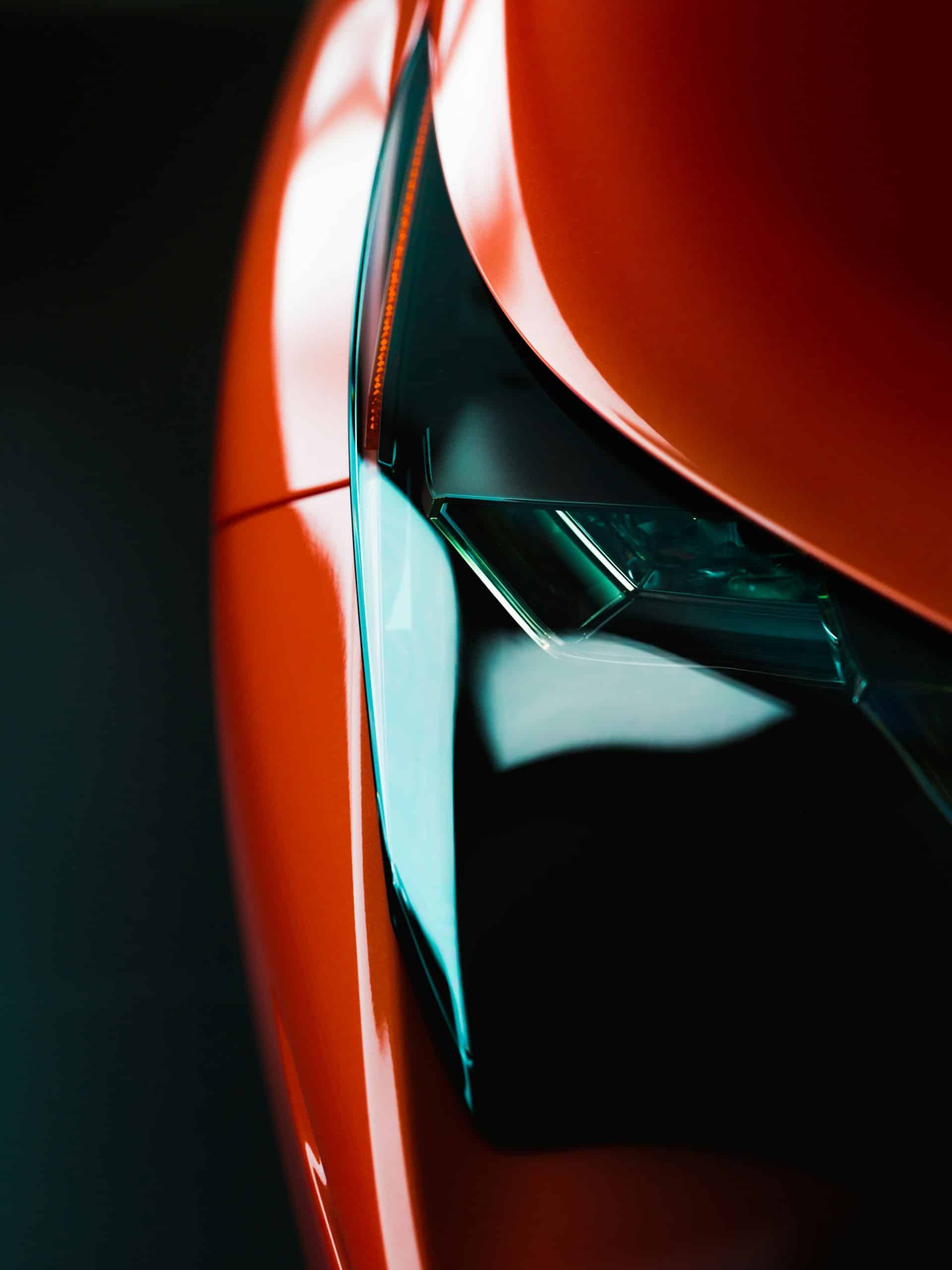How to Optimize Air-Fuel Ratios for Peak Performance in a Subaru BRZ?

In the realm of car tuning, one element that plays a key role in the performance of your engine is the air-fuel ratio. This article aims to guide you on how to optimize the air-fuel ratios to achieve peak performance in a Subaru BRZ. The manipulation of this ratio can significantly impact the power output of the engine, and therefore, the performance of the car. For Subaru BRZ owners who have a passion for speed and performance, this guide will serve as an instructive roadmap to achieve your desired car tuning goals.
Understanding the Concept of Air-Fuel Ratio
Before diving into the logistics of optimizing air-fuel ratios, it’s important to understand what the term means and how it influences your car’s performance.
Also read : What’s the Ideal Camshaft Upgrade for Maximizing Horsepower in a Dodge Challenger Hellcat?
The air-fuel ratio in an internal combustion engine is simply the measurement of the amount of air in relation to the amount of fuel being used during combustion. In the Subaru BRZ, or any other car for that matter, this ratio plays a significant role in the engine’s performance and fuel efficiency.
The factory setting for most cars is an air-fuel ratio of 14.7:1, meaning 14.7 parts of air to one part of fuel. This ratio, also known as the stoichiometric ratio, provides the best balance of power, emissions, and fuel consumption under normal driving conditions. However, when you’re striving for peak performance in a Subaru BRZ, you might want to adjust this ratio slightly.
Also to read : What’s the Ideal Camshaft Upgrade for Maximizing Horsepower in a Dodge Challenger Hellcat?
Optimizing the air-fuel ratio involves adjusting the fuel and air intake to the engine, as well as modifying the exhaust system to ensure the most efficient utilization of fuel. This can boost the power of the engine and enhance the overall performance of the car.
Altering the Intake System
The first step in optimizing the air-fuel ratio is to examine the intake system of your Subaru BRZ. The air intake system is responsible for feeding air into the engine. The more efficiently this system works, the more air can mix with the fuel for combustion, leading to an improved power output.
One method to increase the amount of air reaching the engine is by installing a performance air intake kit, like the Mishimoto Performance Air Intake. This kit is engineered to provide a higher volume of air to the engine, thus potentially improving the air-fuel ratio.
Upgrading the intake system is not just about bringing in more air, but also ensuring that the air entering the engine is cooler. Cooler air is denser and contains more oxygen, which contributes to a more powerful combustion.
Modifying the Exhaust System
Once you have optimized the air intake, the next step is to modify the exhaust system. The exhaust system is responsible for releasing the gases produced during combustion. An efficient exhaust system will allow these gases to exit the engine quickly, reducing backpressure and improving performance.
Upgrading to a performance exhaust system, such as a turbo-back or cat-back system, will allow the exhaust gases to flow more freely, thus improving the engine’s breathing.
Remember, just like the intake system, the exhaust system also affects the air-fuel ratio. An efficient exhaust system will enable the engine to expel burnt gases more effectively, thus creating room for more fresh air and fuel to enter the engine. This will contribute to a more optimal air-fuel ratio.
Installing a Turbocharger
If you are willing to go all out on the performance of your Subaru BRZ, consider installing a turbocharger. A turbocharger is a forced induction system that increases the amount of air entering the engine, thus boosting its power output.
By compressing the air intake, a turbocharger allows more air to fit into the cylinder, meaning more fuel can be added for combustion. This increases the power output and enhances the car’s performance.
Bear in mind that installing a turbocharger will also necessitate adjustments to the fuel system to maintain the optimal air-fuel ratio. This will involve fine-tuning the fuel injectors and possibly upgrading the fuel pump to deliver the increased volume of fuel required.
Implementing Engine Management Tuning
Finally, to ensure that all these modifications deliver the desired results, you need to implement engine management tuning. This involves the use of a programmable computer system that controls and manages the engine’s functioning.
This system, commonly referred to as an Engine Control Unit (ECU), manages the fuel injection, ignition timing, and air intake, among other functions. By programming the ECU to align with the modifications made to the intake and exhaust systems, and possibly the turbocharger, you can optimize the air-fuel ratio and achieve peak performance in your Subaru BRZ.
Bear in mind that tuning the ECU is a job for the professionals. It involves complex calculations and adjustments that, if done incorrectly, can damage your engine.
In conclusion, optimizing the air-fuel ratio for peak performance in a Subaru BRZ involves modifications to the intake and exhaust systems, possibly installing a turbocharger, and implementing engine management tuning. By getting all these elements right, you can significantly boost the power and performance of your Subaru BRZ.
Monitoring and Adjusting the Air-Fuel Ratio
To achieve peak performance in your Subaru BRZ, it is crucial to constantly monitor and adjust the air-fuel ratio. A wideband O2 sensor, like the AEM X-Series Wideband UEGO Air/Fuel Ratio Sensor Gauge, can be installed to provide you with real-time feedback. With this information, adjustments can be made to the fuel ratio based on the conditions you’re driving under, such as the temperature, altitude, or driving style.
Moreover, as part of the adjustment process, you may need to tweak your ignition timing. Advancing the ignition timing can offer improved power and efficiency, but this must be done carefully. If the timing is overly advanced, it could potentially lead to engine knocking, which can cause serious engine damage.
It’s vital to remember that the air-fuel ratio is not a fixed figure. The conditions under which the car operates can greatly affect the ideal ratio. Therefore, constantly being aware of the ratio and making necessary adjustments is key to achieving peak performance in your Subaru BRZ.
Maintaining Optimal Performance
After successfully optimizing your Subaru BRZ’s air-fuel ratio and achieving the desired performance, it’s important to keep a close eye on both your car’s behavior and the condition of all the modified parts. This includes the Mishimoto intake, the exhaust system, the ECU, and possibly the turbocharger if you’ve chosen to install one.
Regular maintenance checks and servicing are crucial to ensure that these modifications continue to function optimally. Bear in mind that the increased power output achieved through these modifications will put additional strain on the engine and other components. Regular oil changes, for example, are even more important now as the added horsepower can cause faster oil degradation.
In conclusion, achieving peak performance in a Subaru BRZ requires a comprehensive understanding of the air-fuel ratio and how to optimize it. With careful monitoring and adjustments, along with the necessary modifications to the air intake and exhaust systems, and possibly the installation of a turbocharger and ECU tuning, considerable performance improvements can be achieved.
Remember, the process of optimizing the air-fuel ratio should always be done carefully, responsibly, and preferably with the assistance of a professional. The end goal is to enhance your Subaru’s performance without compromising its longevity or safety.
